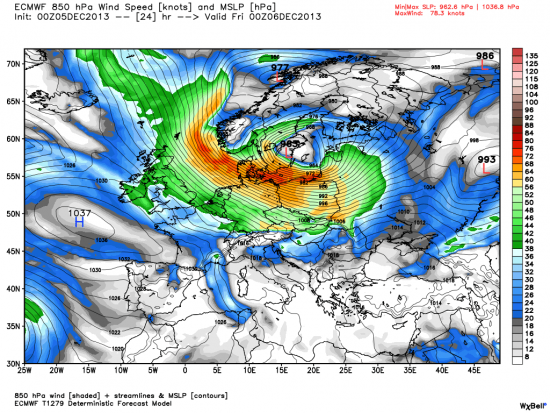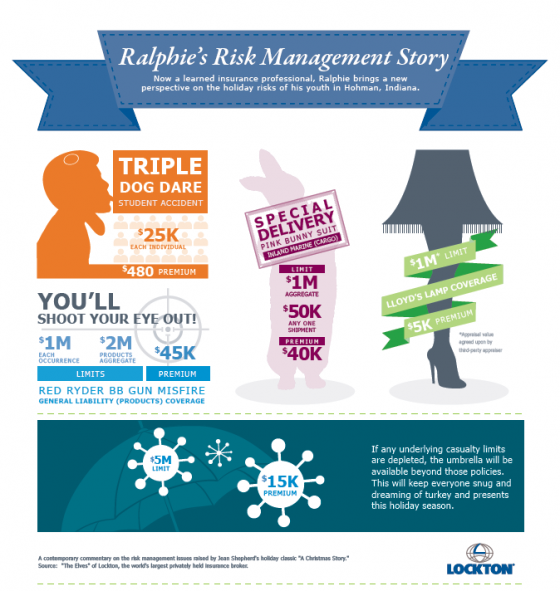Holiday office parties are a good opportunity to bring employees together, but they present potential risks for organizations. With social media added to the mix, even slight misconducts can be amplified if they go viral. What might have been an embarrassment handled quietly by a company can quickly become a reputation issue.
According to an article by Lloyd’s, the addition of social media “can seriously impair a company’s ability to manage a crisis,” said Eric Alter, Risk Consultant at Marsh Ltd.
“Social media and business entertainment can be a challenging mix—whether it is a sales conference, awards dinner or a Christmas party—the use of social media in the work environment has to be carefully considered,” he said, adding that websites like Twitter, Facebook and Instagram enable almost instant sharing of information, but even email can cause problems. An employee intending to send a funny email to a coworker, for example, could accidentally send it to clients.
Steve Adcock, Underwriting Manager at QBE Europe observed that alcohol can lead to a heightened risk of inappropriate comments, behavior or even assault. “People can lose their inhibitions and may not think about what they say or do,” he said. “Employees will not always get along at the Christmas party. Disagreements can lead to hurt feelings through to a potential assault.”
Paul Griffin, Head of Employment and Labor at international law firm, Norton Fulbright cautioned that an employer is liable for the wrong doings or injuries of their employees, unless they can show they have taken all reasonable steps to prevent them.
To protect themselves and their employees, organizations need to advise staff attending a party that the usual company rules still apply, Alter advised. “A company policy should make it clear that any event that is associated with work should be treated as work, and that the social media policy continues to apply.”
OneBeacon Professional Insurance noted in “A Guide to Minimizing Risk at Company Holiday Parties,” that because of the infrequency of company-sponsored holiday events, liability risks are often overlooked. Concerns such as liquor consumption, premises safety and security, discrimination and food borne illness are just a few of the issues that need to be addressed to help prevent injuries or even harassment.
According to the report, any accidents or injuries occurring at company events may be considered work-related and could possibly be subject to workers compensation.
To help avoid safety mishaps OneBeacon advises:
• When using a venue away from the office, inspect it to ensure it meets safety standards. Note exits, emergency lighting and whether there is flooring to prevent slips and falls, particularly if there is a chance of bad weather.
• Consider the effects that weather may have on safe travel to and from the party. Special considerations may be needed to keep sidewalks and parking lots clear if the event is outside of normal business hours.
• Think about potential security needs, especially if the event is in an unfamiliar neighborhood or of the venue is closed to the general public.
• Keep an eye on party-goers to ensure that no one wanders off or goes to a car or parking garage alone after dark.
• Have an emergency plan in place in case someone is injured or needs medical assistance. Find out the location of the closest hospital and whether anyone can perform CPR or use a defibrillator.
• Review situations for employees with disabilities who may require special attention. For example, if a disabled employee must use a wheelchair, check that there is a safe entrance, navigate the event and know how to deal with a possible emergency.



